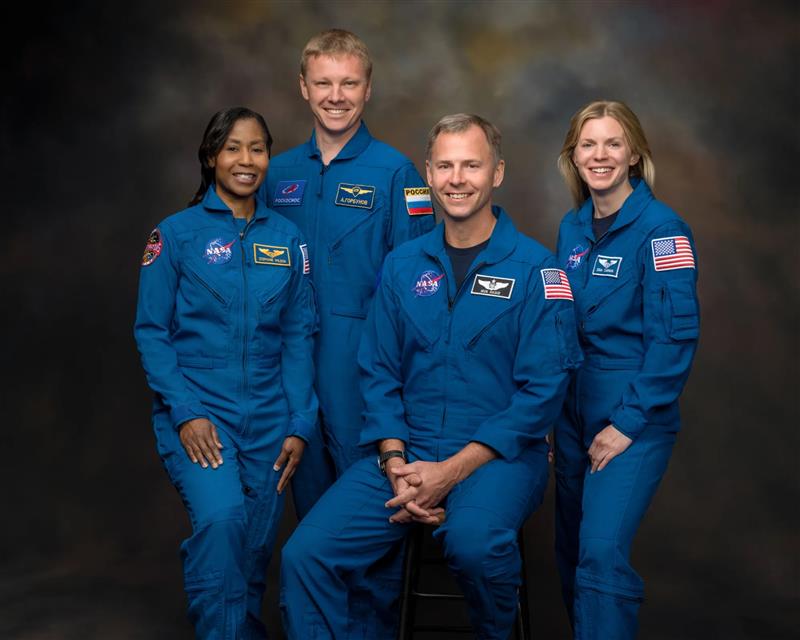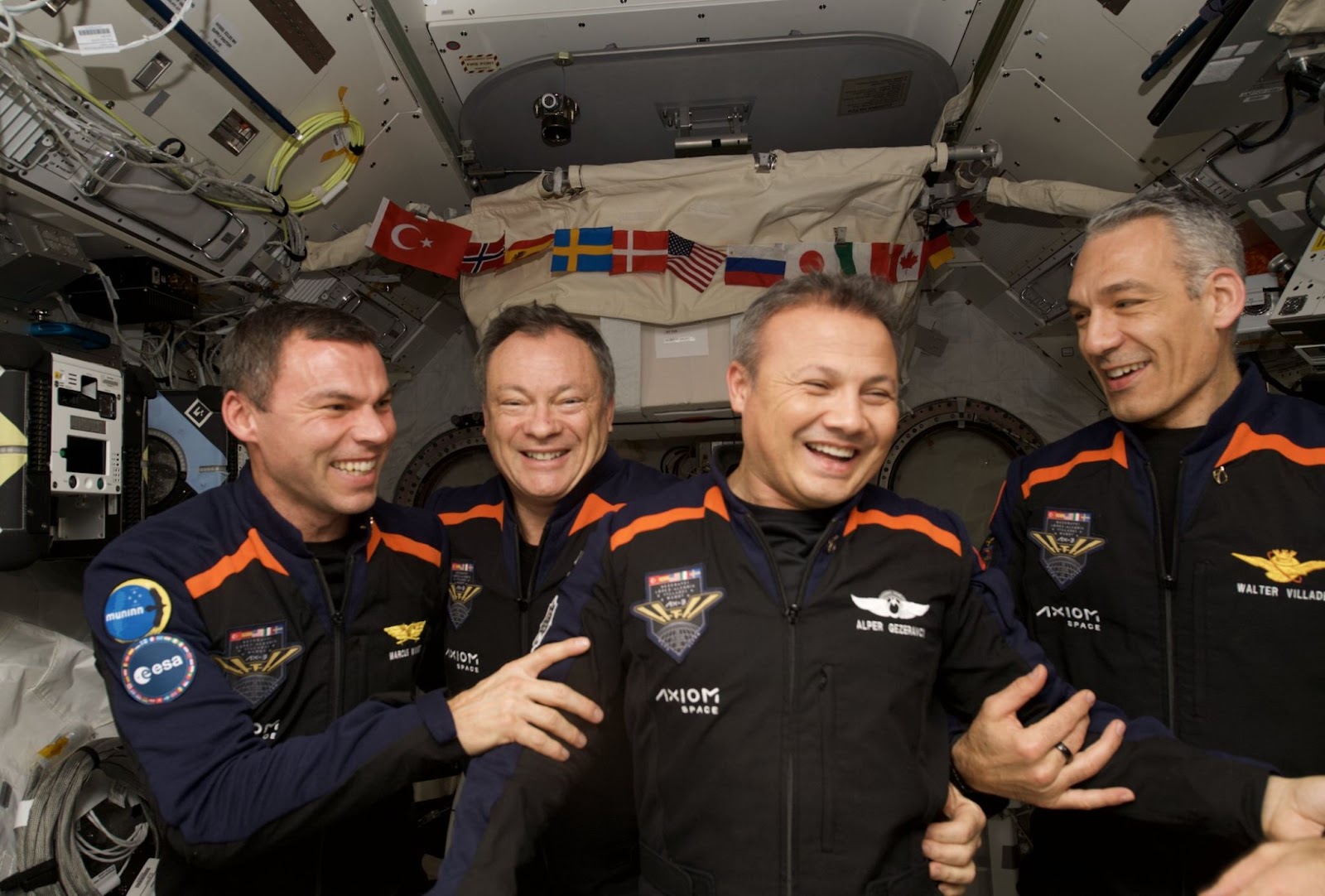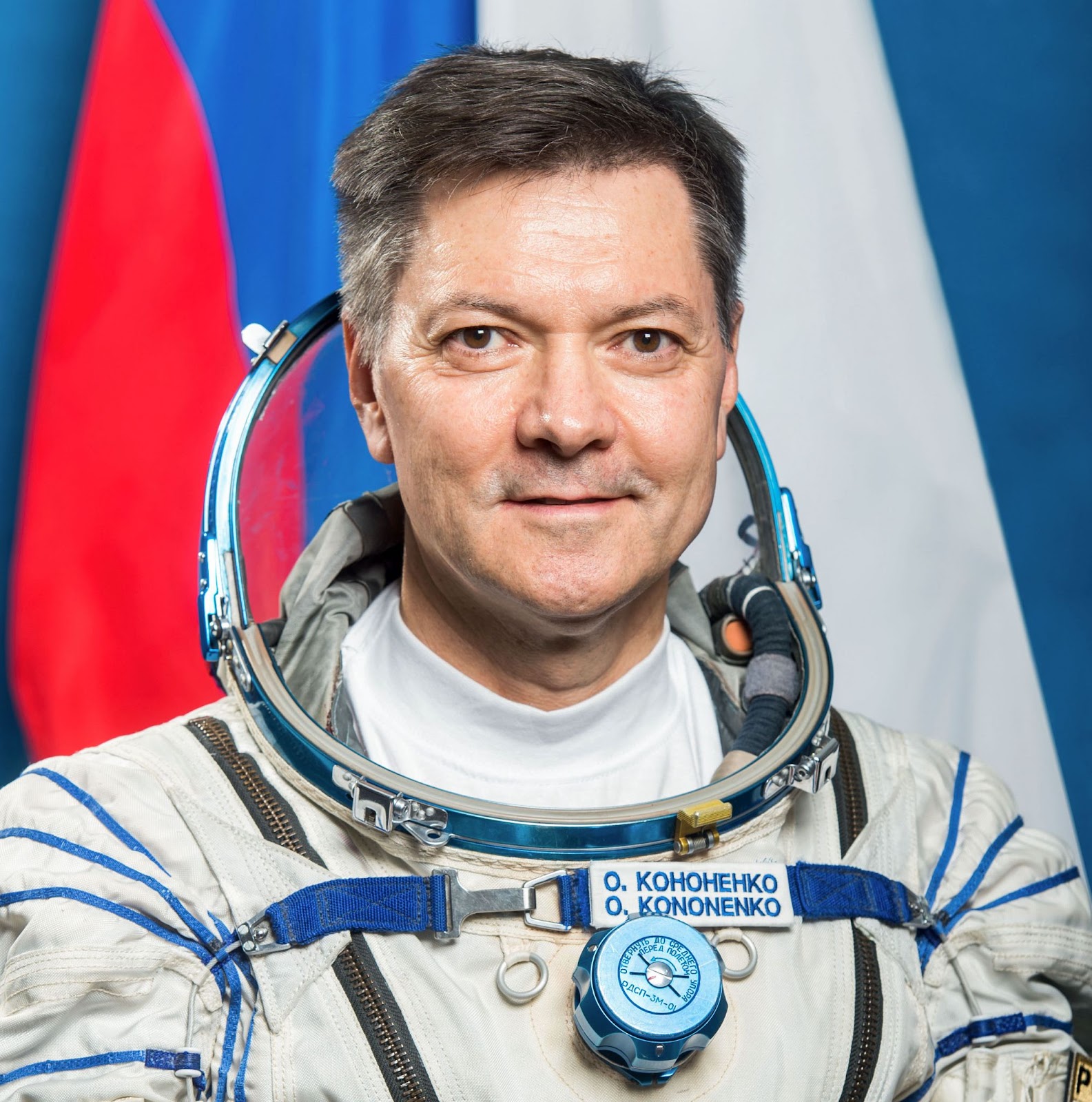This is T-Minus, where we count down the biggest developments in space, from new rocket launches to discoveries that advance our understanding of the universe and our place in it. Humanity is reaching new heights in space exploration. Make sure you’re part of the journey by subscribing here.


Guardians in space
NASA has close ties to the US Department of Defense, of course — nearly two-thirds of its astronauts have served in the military, usually in the Air Force or Navy. Ironically, though, it’s never sent a Space Force Guardian off-world — but that’s going to change in 2024.
On January 31, the Space Force announced that Col. Nick Hague will be heading to the International Space Station as soon as August. This will be Hague’s second mission to the ISS, but his first as a Guardian.
“Being a part of this mission is a unique honor, but it’s truly a collective effort…Guardians provide critical support without which our NASA human spaceflight program wouldn’t be possible,” said Hague.


More space than you bargained for
Since 2022, Texas-based startup Axiom Space has been selling trips to the International Space Station to private citizens for an estimated $55 million per passenger. On January 20, a SpaceX capsule carrying Axiom’s third all-private crew reached the ISS — and they’re getting more than they paid for.
The four members of that crew were supposed to leave the ISS on February 3 after conducting more than 30 experiments in space, but bad weather on the ground forced SpaceX to delay their departure multiple times. They finally left the ISS on February 7 and are expected to reach Earth the morning of February 9.
“After 18 days docked to the International Space Station (ISS), completing about 288 orbits around the Earth, Axiom Mission 3 (Ax-3) Commander Michael López-Alegría, Pilot Walter Villadei, Mission Specialist Alper Gezeravcı, and Mission Specialist Marcus Wandt are homebound!” wrote Axiom on February 7.


A new (off) world record
The extra few days Axiom’s crew spent aboard the ISS is nothing compared to the kind of time Russian cosmonaut Oleg Kononenko is putting in. On February 4, he set a new record for total time in space: 878 days, 11 hours, 29 minutes, and 49 seconds.
Kononenko’s current mission aboard the ISS is his fifth, and unless something unexpected happens during it, he’s going to hit 1,110 total days in space by the time it wraps up in September — a full year-long mission.
“I fly into space to do my favorite thing, not to set records,” Kononenko told Russian state news agency Tass from the ISS. “I am proud of all my achievements, but I am most proud that the record for the total duration of human stay in space is still held by a Russian cosmonaut.”
We’d love to hear from you! If you have a comment about this article or if you have a tip for a future Freethink story, please email us at [email protected].



